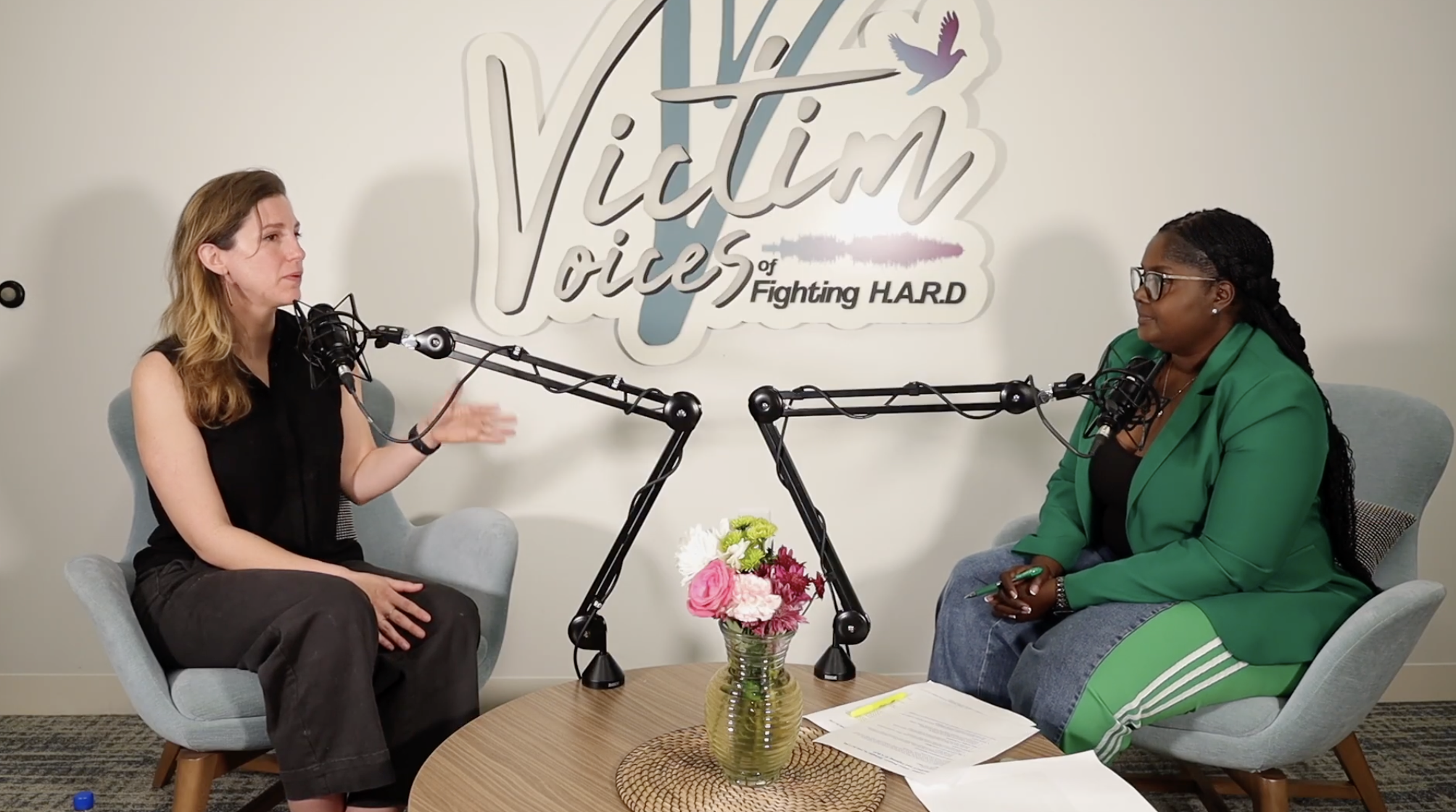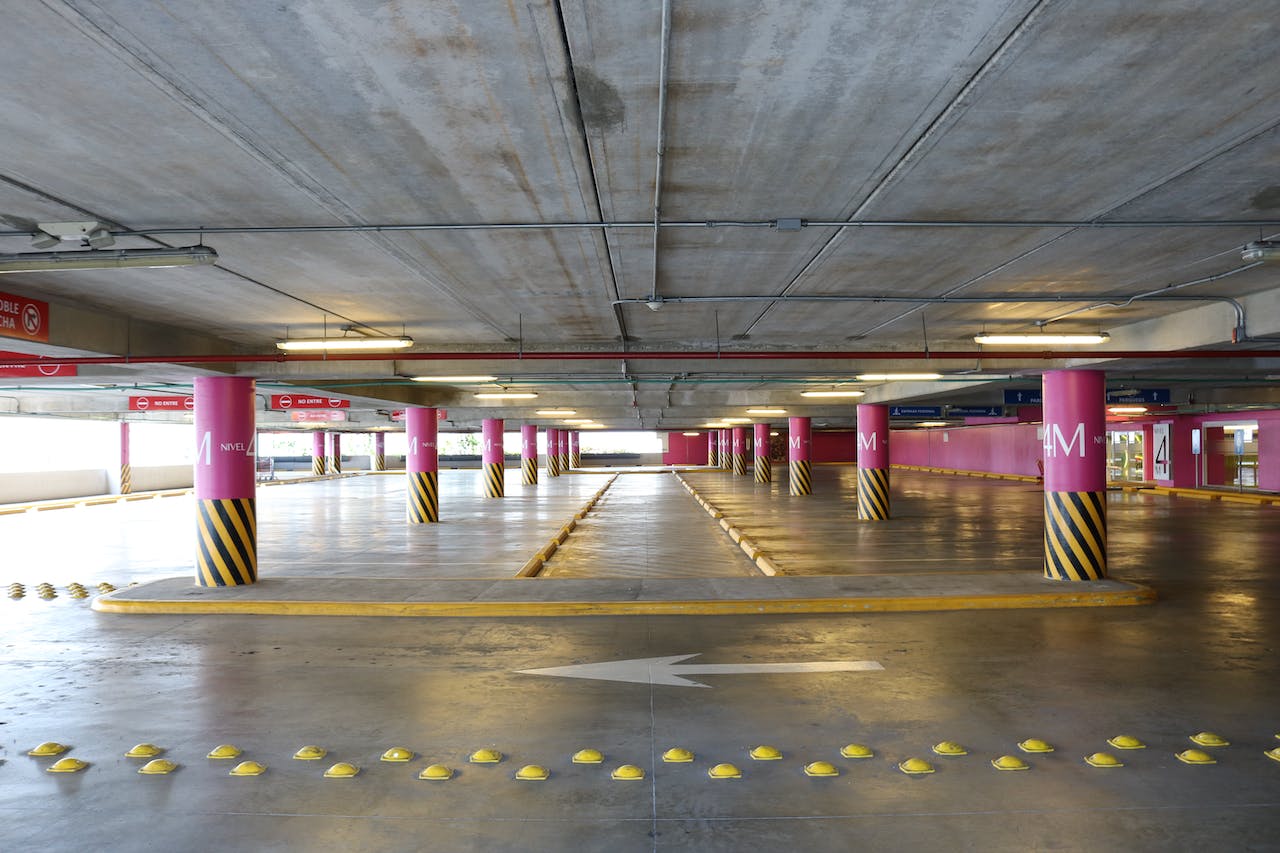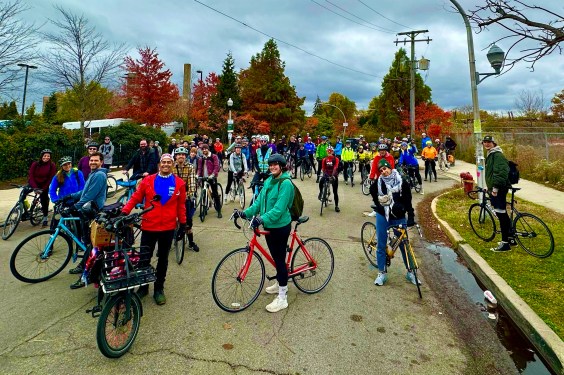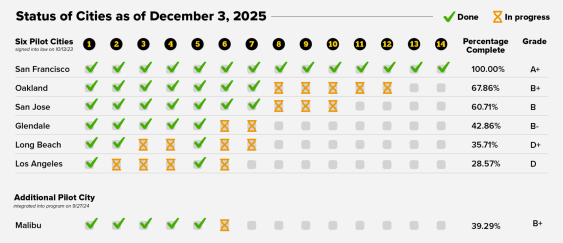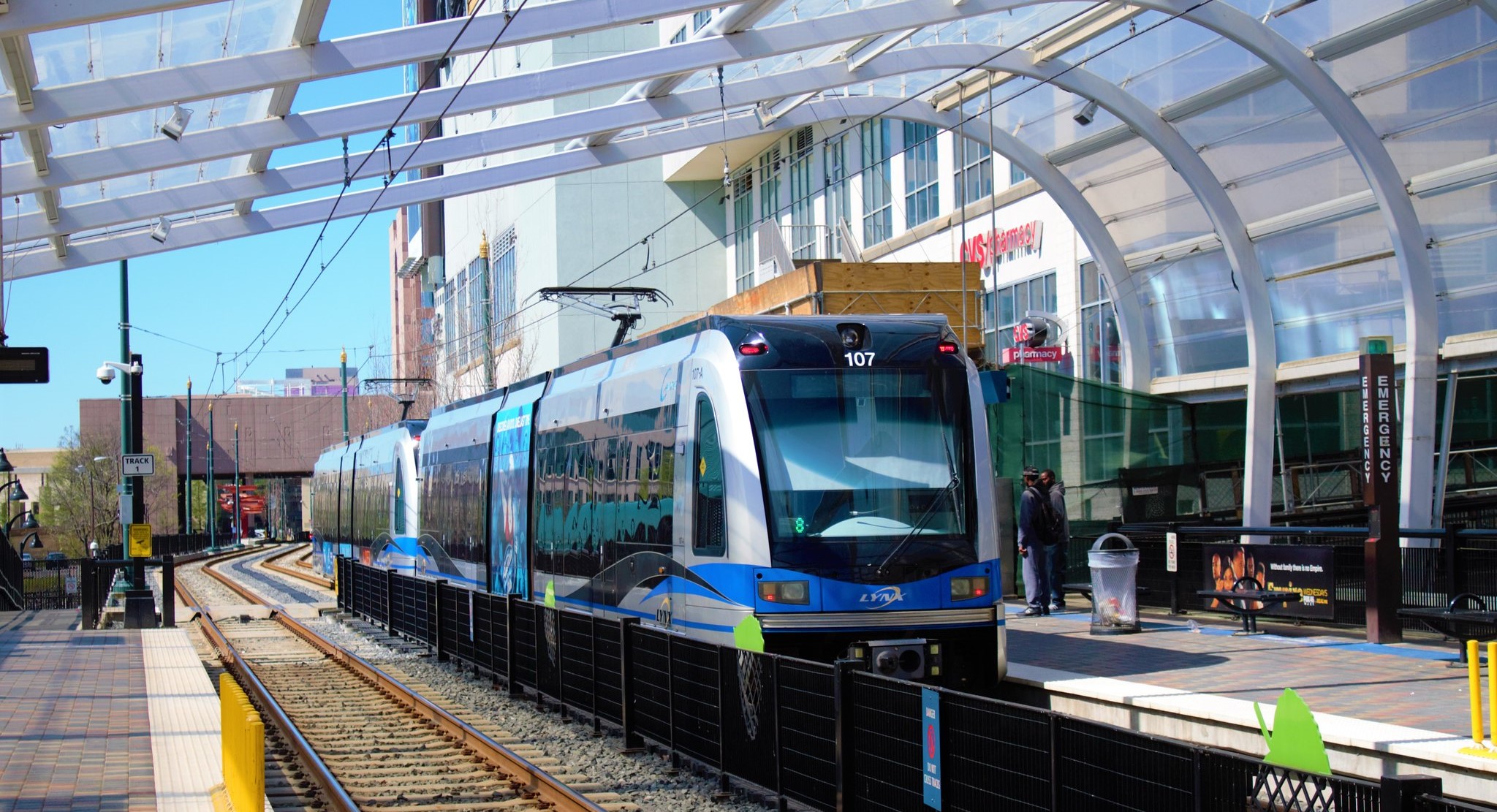What do people mean when they say a city has "good bones"? Well, if the streets are laid out in a walkable grid pattern, that can be the "skeleton" for a healthy urban environment.

The United States used to regularly build places with "good bones" up until around the 1920s, writes Robert Steuteville at Better Cities & Towns. With walkable places in high demand, he argues that local governments should be focused on maximizing the value of places with good bones and figuring out how to create new ones:
A place with good bones may still need a lot of work before the streets are truly walkable. Times Square is a good example. This great intersection was traffic-engineered into an enormous confluence of automobiles in the 20th Century; it wasn't repaired as a great public space until the 21st Century. All over America, traffic engineering compromised street grids. In places that have decent or good bones, the street network can be repaired -- often delivering an exponential return on investment.
Good bones are in shorter supply in the suburbs, but they do exist in historic villages and towns that were overrun by sprawl in the last half of the 20th Century. Many of these communities are are now reviving. Less obvious opportunities await in the postwar suburbs, those built from the mid-‘40s to the mid-‘60s. Many of those have decent bones. Residential streets from this era tend to be curvy, but they generally connect and are not too wide.
Later suburbs are much harder to repair. Where development is taking place on a broad scale, however, communities can lay out a plan for a mixed-use neighborhood. This is not technically difficult, and it can create substantial value. The modern transportation and land-use system is set up to do the opposite of a grid, so this effort will not be easy -- but it will pay off well over time.
Steuteville adds cities should be asking themselves two questions: Where do good bones exist and how can we improve those places? And where is there potential to create new places with good bones?
Elsewhere on the Network today: Mobilizing the Region examines Chris Christie's decision to punt on Port Authority reforms. Bike Portland shames a travel site that describes "running cyclists off the road" as a local rite of passage. And Streets.mn argues that biking and walking should be part of the state of Minnesota's transportation bill.
